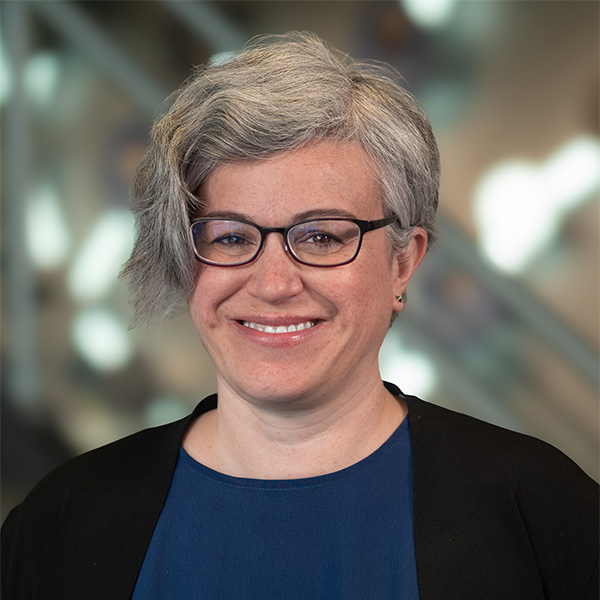Published in the journal JAMA Internal Medicine. Here is a link to the article.
Regenstrief Institute authors: Meredith Greene, M.D.
Despite strong evidence supporting pre-exposure prophylaxis (PrEP) as an effective HIV prevention strategy, uptake remains low in the U.S., with only 36% of eligible individuals using it by 2022. Disparities persist, particularly among women and Black and Hispanic populations. Barriers to PrEP implementation include limited awareness, access challenges, and clinician hesitation in prescribing and managing adherence.
Bakre et al. examined how clinician specialty affects patient PrEP pickup rates using 2015–2019 pharmacy claims data. Among 37,000 patients with new PrEP prescriptions, 67% were prescribed by primary care providers (PCPs), 10% by HIV/infectious disease (ID) specialists, and 25% by other specialists, including OB-GYNs, emergency medicine, and dermatology. PrEP abandonment—patients not picking up prescriptions—was notably high: 14% overall, with the highest rates among those prescribed by non-PCP/non-ID clinicians (20.3%). While ID specialists had slightly lower abandonment rates than PCPs, differences were modest.
These findings highlight the need to support all prescribers in initiating and managing PrEP. Though PCPs are major PrEP prescribers, they often face time and knowledge constraints. Other specialties, particularly OB-GYN and emergency medicine, also play key roles in prescribing but often lack structural support. Patient preferences vary; some value established relationships while others accept a range of providers.
Efforts must focus on equipping diverse clinicians with education, decision aids, and systems like Project ECHO. Additionally, engaging pharmacists, community organizations, and health departments can enhance PrEP access and adherence. With newer oral and injectable PrEP options now available, achieving national HIV prevention goals requires a broad, collaborative approach to support all prescribers and communities at risk.
Authors
Meredith Greene, M.D.,1 and Lona Mody, M.D., MSc2,3,4
Author Affiliations
1Division of General Internal Medicine and Geriatrics, Indiana University Center for Aging Research at Regenstrief Institute, Indiana University School of Medicine, Indianapolis.
2University of Michigan, Ann Arbor.
3VA Ann Arbor Healthcare System, Ann Arbor, Michigan.
4Associate Editor, JAMA Internal Medicine.








